Dutch Rabbit
Dutch Rabbit. Get the history, description, standards, photos of these distinctively parti-colored rabbits. Is this breed of rabbit right for you?
History of the Dutch Rabbit
The UK is actually the country in which the Dutch breed was established and standardized, though the actual bloodlines are from the Netherlands. British rabbit breeders of the early 1800’s obtained recently arrived Brabancons at the London ports and added them to their breeding programs.
The breed in England was called the Dutch breed as early as 1835.
The earliest engraving of the Dutch breed reveals a nearly entirely colored rabbit which possessed two white front paws and a narrow collar covering little more than the animal’s dewlap region. It did not even have a blaze, though many Dutch animals did, as did the Brabancon from which the Dutch was developed.
At the time, they weighed up to 9 pounds, and were cobby and muscular in type. The does were prolific, and could be counted on to mother their litters well.
Fanciers of the developing Dutch breed continued to line-breed and in-breed the Dutch. In-breeding significantly reduced the size of the breed from 9 pounds down to as little as 1.25 pounds in a few animals.
Controversy over the
direction of the breed prompted calls for the creation of a Dutch Rabbit Club,
which was established in December, 1884. The Dutch markings and type
were then standardized in England by the late 1880’s.
Today’s familiar Dutch breed has remained unchanged since then.
Dutch breed rabbits arrived in
the USA at the beginning of the 1900’s, and was one of the first breeds
accepted at the formation of the National Pet Stock Association, forerunner to
the ARBA, in 1910.
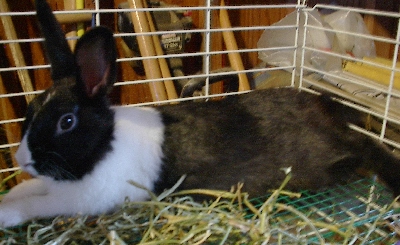 Dwarf Dutch Rabbit at MandM Heritage Farm
Dwarf Dutch Rabbit at MandM Heritage FarmDescriptions and Standards
In the USA: Dutch are a small rabbit breed weighing up to 5.5 pounds. They are compact and COBBY in type, and recognized in 7 varieties: Black, blue, chinchilla, chocolate, gray, steel, tortoiseshell
In the UK: The "ideal" weight is 2.041 – 2.26 kg (4.5 - 5 lb). The breed is accepted in 9 varieties: Black, Blue, Chocolate, Yellow, Tortoiseshell, Steel Grey, Brown Grey, and Pale Grey. Tri-colored Dutch is recognized as a separate breed.
What does COBBY mean? It is a compact, rounded body shape, similar to calling a human "stocky." A quick Google search gives these descriptions: 1) round with very small neck, 2) a build characterized by wide shoulders and short bodies, resulting in a compact and stocky appearance, 3) Stout and stocky body type which is very compact.
Dutch Markings
The American Dutch Rabbit Club provides descriptions of and faults associated with Dutch markings. The specifics can also be found in detail in the ARBA Standard of Perfection, complete with pictures of ideal and imperfect markings:
- Cheeks: The patch of color encompassing each of the rabbit’s cheeks
- Blaze: The wedge-shaped blaze of white including the nose, mouth and jaw, and rising to a peak at the ears
- Neck: The white part of the collar behind the ears
- Saddle: The area of white fur that encircles the rabbit’s body, extending from the neck and including the line along the back and sides where the white meets the colored area of the hindquarters
- Undercut: The demarcation line between the white and the color on the belly of the rabbit (photos in Domestic Rabbit Breeds, linked below). The forelegs should be entirely white, with no color creeping onto the legs beyond the elbow joint.
- Stops: Refers to the lines
demarking white and color on the hind legs (no stops on the forelegs). The
standard specifies the character of the stops, and the approximate percentage
of the hind legs which should be white vs. colored.
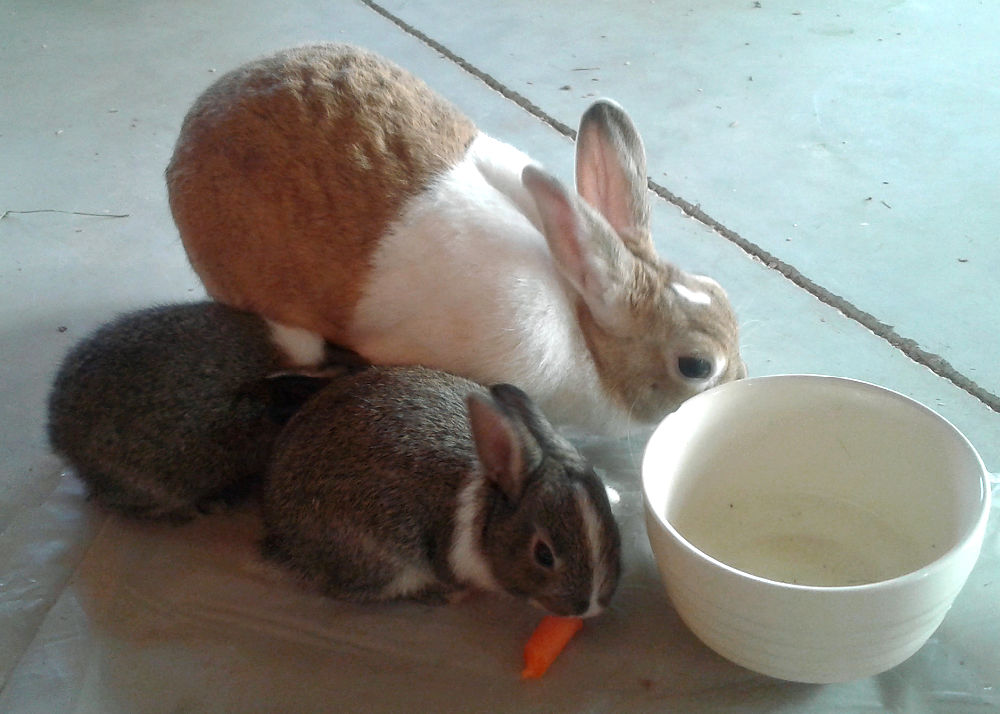
Celebrity Dutch
Some rabbits have achieved international fame, such as Pipkin, the star of the Youtube channel: One More Please. Here he is in his hit video: Hollaback Banana, with vocals by Bun Stefani.
Interested in other rabbit breeds?
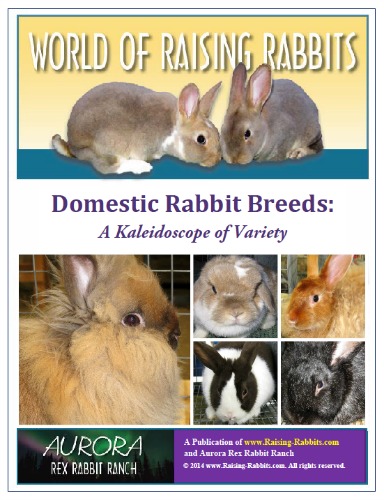
Are you trying to decide which breed is best for you?
Do you see a bunny available, but haven't heard of that kind before?
Are you curious about the different types of rabbits?
Check out our ebook, Domestic Rabbit Breeds. We also have lots of other great books with everything you need to know about rabbits, from housing to healthcare. Check out our BOOKSTORE.
New Year Special! Ring in 2025 with a resolution to learn about rabbits! (It will help you with your resolution to avoid snacking...)
All of our ebooks are ON SALE, 30% off!
Double-Value Guarantee
Our policy is to always OVER-deliver
on value,
which is why your purchase is fully covered by our
Double-Value
Guarantee.
Go ahead - take any of our e-books for a test drive. Peruse our detailed informational and educational e-books. Examine our plans for building rabbit cages, runs, or metal or PVC hutch frames. Check out the Rabbit Husbandry info e-books.
If you aren't completely satisfied that your e-book purchase is worth at least double, triple or even quadruple the price you paid, just drop us a note within 45 days, and we'll refund you the entire cost. That's our Double-Value Guarantee.
Note: When you purchase your
e-books, they will be in PDF format, so you can download them to any device that
supports PDF format. We advise making a back-up copy to a drive or cloud
account. If the books are lost, you can also purchase another copy from Raising-Rabbits.
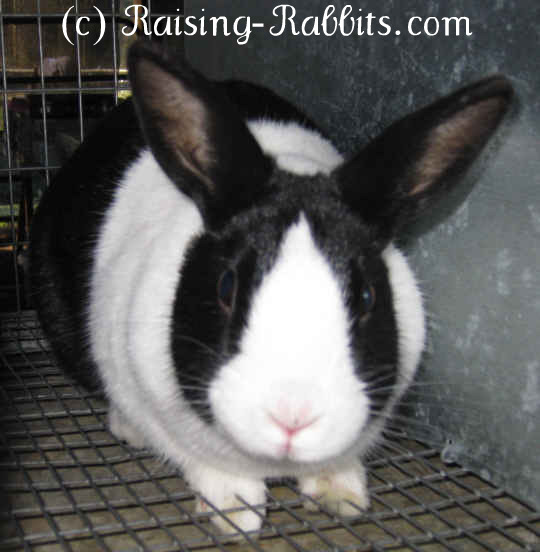
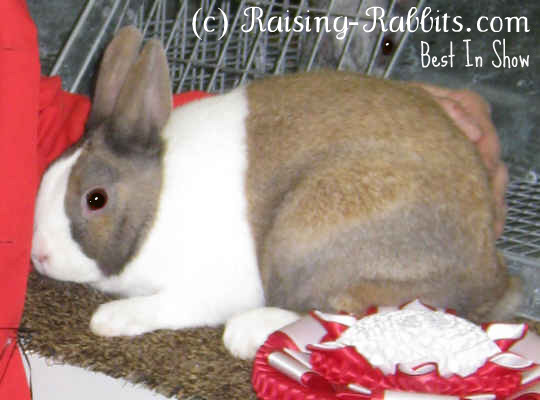
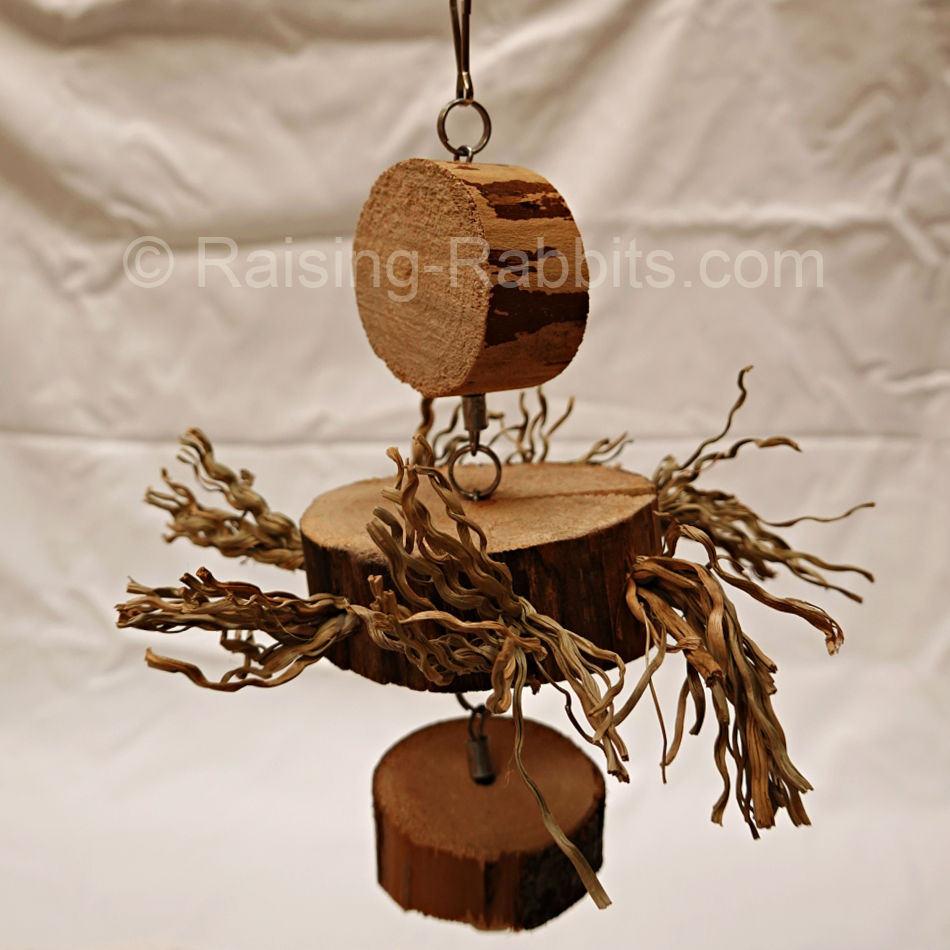
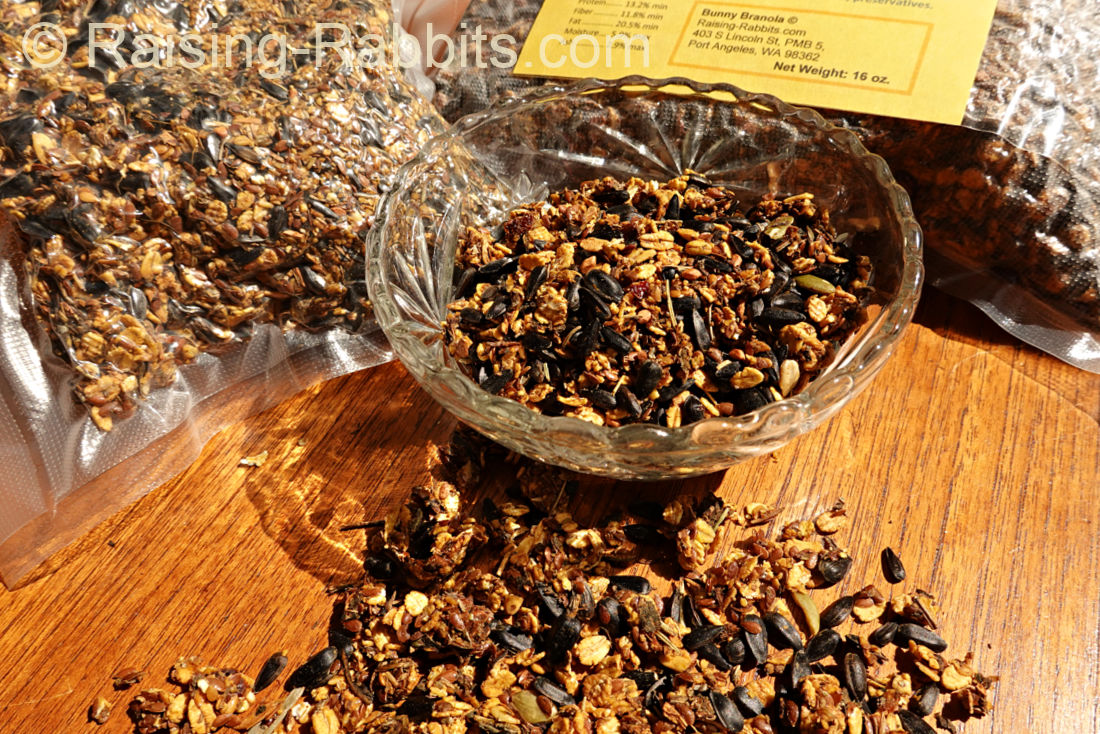
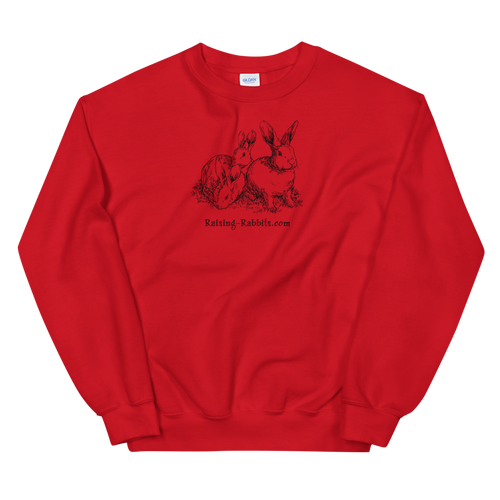
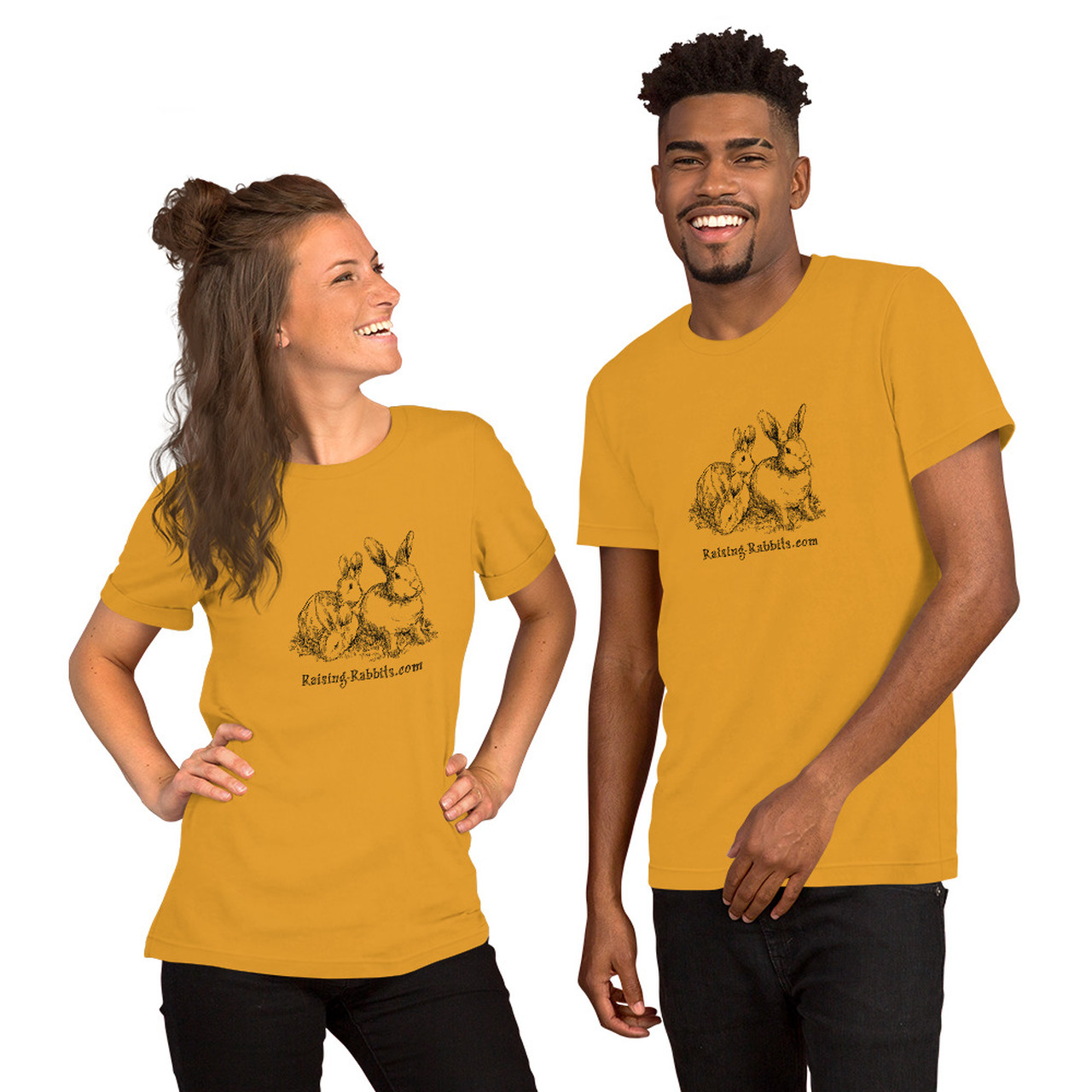
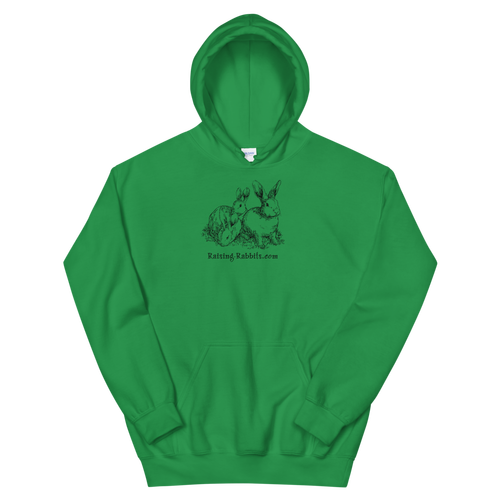

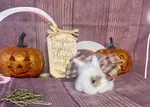

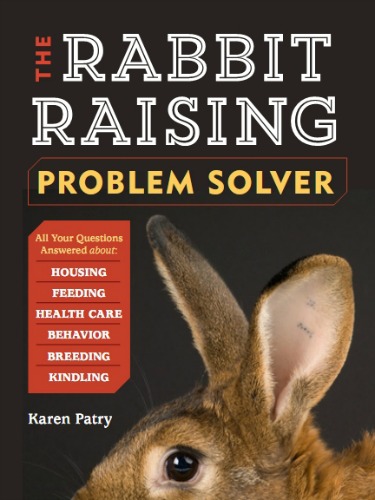

New! Comments
Have your say about what you just read! Leave me a comment in the box below.